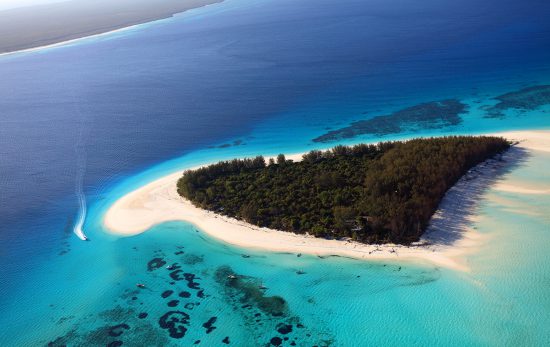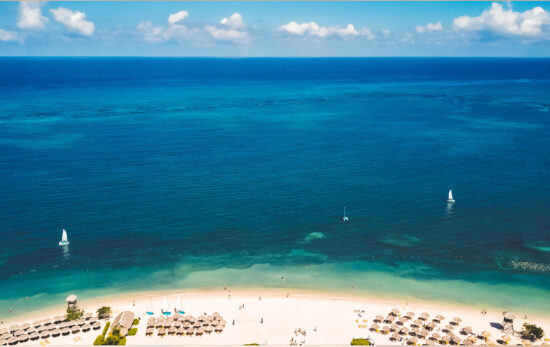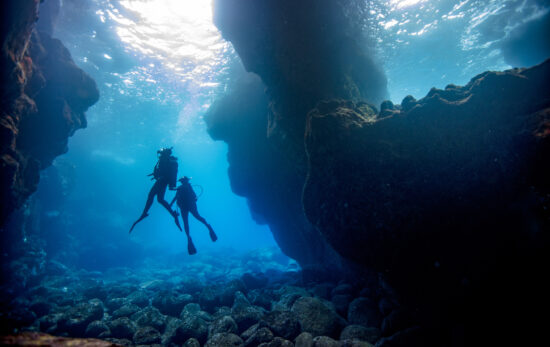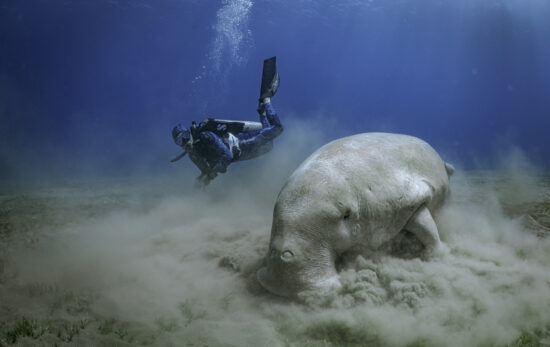Cozumel is well known for three things:
- Its stunning coral reefs
- Spectacular marine life
- Tropical vibes
The dazzling colours and the abundant sea creatures, including whale sharks, sea turtles and hundreds of types of fish, and the fact that you can dive Cozumel approximately 300 days a year means that it absolutely needs adding to your bucket list!
The Cozumel Reef is part of the Mesoamerican Reef, also known as the Great Mayan Reef. It spans over 600 miles from southeast Mexico to the Bay of Islands in Honduras. The Mesoamerican Reef is actually the second largest reef globally, after the Great Barrier Reef.
Cozumel offers fantastic diving opportunities for those new to scuba diving, or learning, with excellent visibility, warm waters, and plenty to see. Seasoned divers who enjoy more challenging conditions can dive into adrenaline-pumping drifts, walls, and impressive swim-throughs.
If you are heading to Cozumel, here are some of our favourite sites that are well worth exploring! (for more info about things to do in Cozumel, take a look at the 2022 visitors guide here)

Chankanaab Reef
The protected nature of Chankanaab Reef provides for calm diving conditions with little to mild current. The easy conditions combined with this site’s shallow depth make it ideal for beginners (18 metres/60 feet). Yet, it should not be overlooked by more experienced divers!
Located in front of the Chankanaab Park, this site is packed with a colourful mix of hard and soft corals, and it’s teeming with marine life. Highlights here include rays and lobsters, and look out for the Cozumel toadfish (pictured above)!
Colombia Wall
Due to the depth of this site (the wall itself is over 100 feet/30 meters), Colombia Wall is best suited to advance open water divers. It’s not just the wall that will appeal to more experienced divers. The site also offers cavern systems and giant coral-encrusted pillars, which will appeal to wide-angle underwater photographers. The marine life here is equally impressive, and divers should look out for barracuda, sea turtles, spotted eagle rays soaring by in the blue, and diverse reef fish.
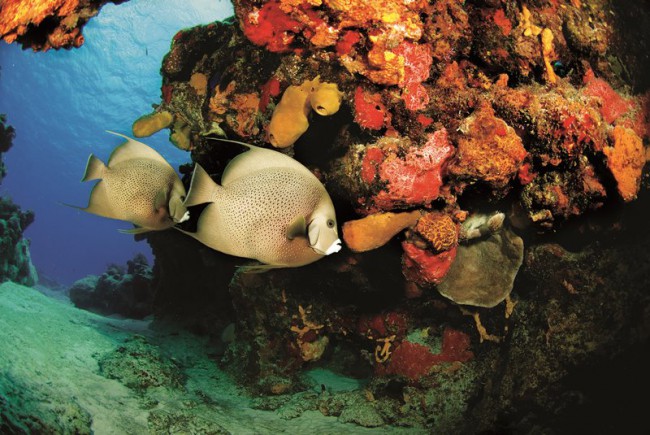
Santa Rosa Wall
This is another deep site for experienced divers. Depths are up to 130 feet/40meters, so it’s best if you have a deep diving or tec-rec certification.
The wall itself starts at around 18 meters/60 feet, where it drops away into the blue. The corals here are a significant highlight – you’ll find giant sponges and vast sea fans, and the site is bursting with colour. There are also plenty of ledges and overhangs that harbour marine life, plus caves and swim-throughs.
Santa Rosa Wall is a magnet for larger marine species. Look out for sea turtles, eagle rays, grouper, and sharks.
Colombia Shallows
Aptly named, this site sits at just 30-50 feet/10–15 meters. This shallow reef offers the chance to see stunning corals with a gentle drift. The marine life here includes sea turtles, angelfish, barracuda, moray eels, octopus, grouper, and even the occasional spotted eagle ray or nurse shark. This site is ideal for beginners looking to experience current diving for the first time.
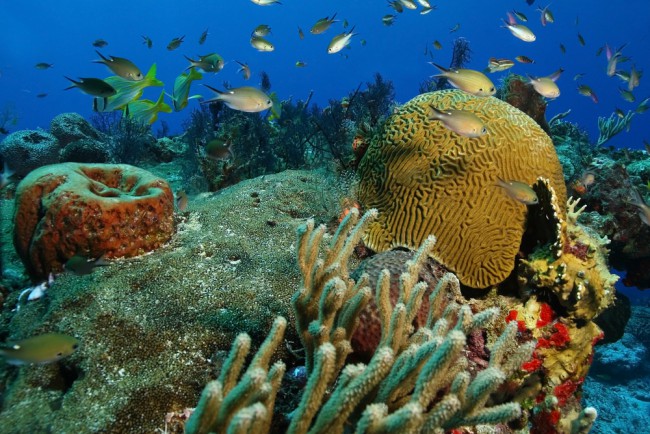
Paradise Reef
Paradise Reef is an easy dive with excellent visibility with a maximum depth of around 18 meters / 60 feet. This site provides easy conditions and plentiful marine life! Open Water Divers often use this site for training.
Punta Tunich
This iconic Cozumel dive site showcases stunning corals, diverse marine life, and an excellent drift!
Punta Tunich is another deep site (up to 130 feet/40 meters). A deep (or tec-rec) certification will allow you to see all that offers here. If you are prepared to (literally) go with the flow, you’ll see an incredible reef scene play out before your eyes. Highlights include huge sea fans, whips, sponges, and schooling snappers.
Are you ready to dive into Cozumel? Check out operators on PADI Travel! You can also find out more about topside Cozumel here.

